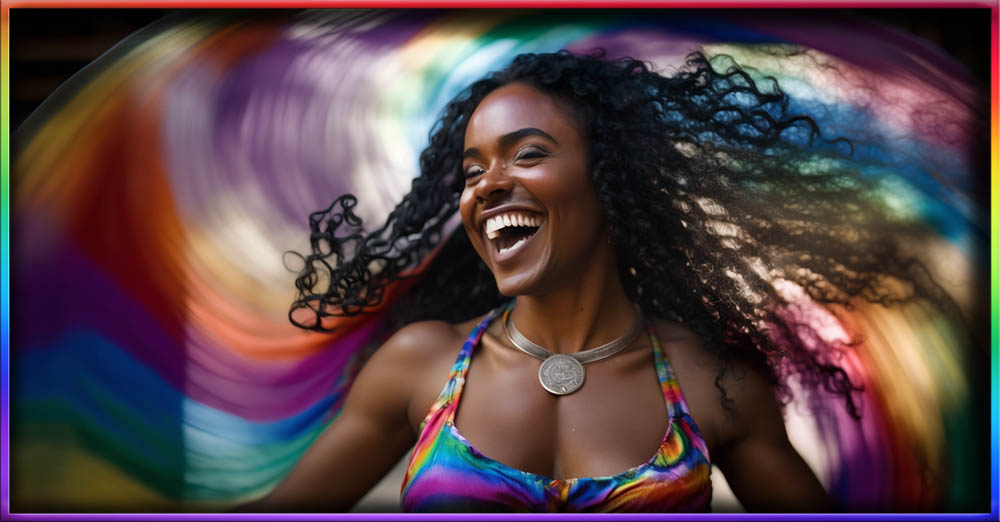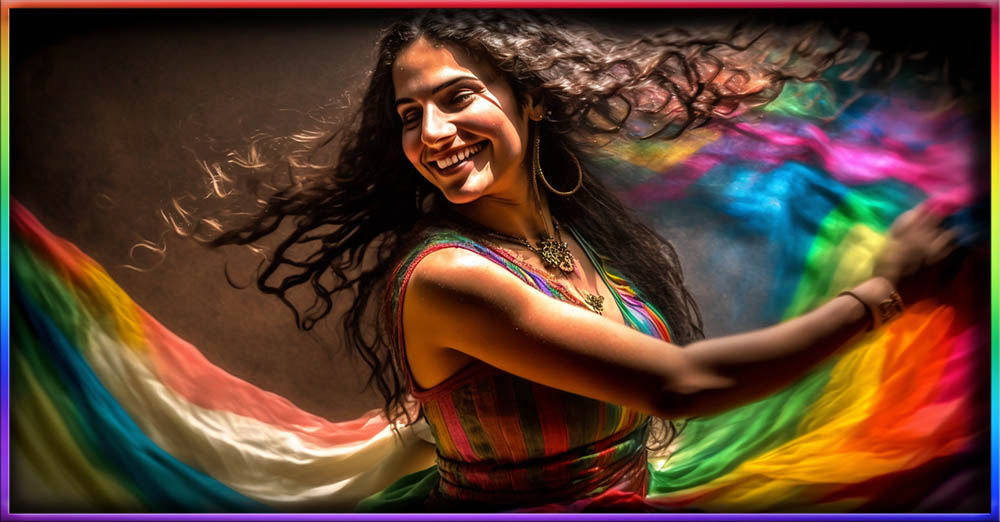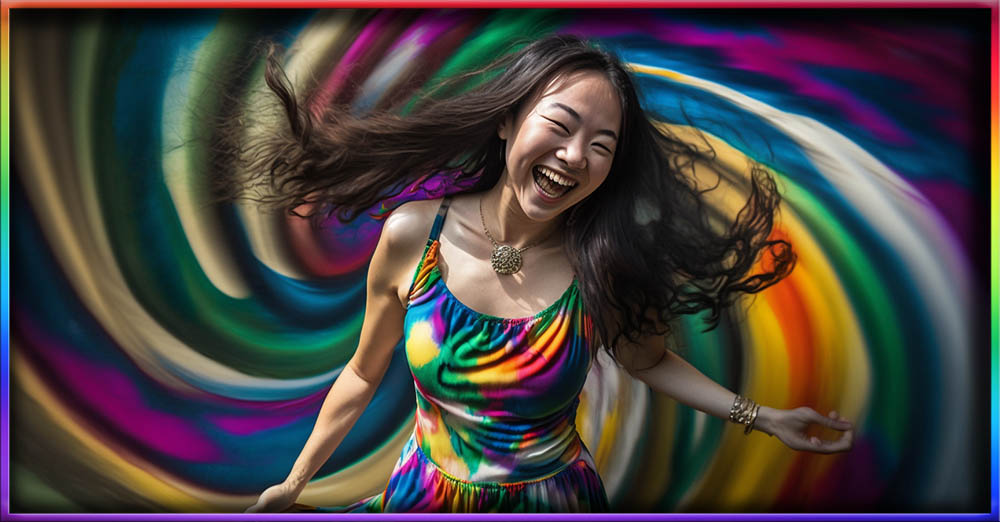
Ecstatic Trance Dance
Ecstatic Trance Dance and Community Building

Ecstatic Trance Dance is a powerful and transformative practice that has been used for centuries by people around the world to connect with the divine, access altered states of consciousness, and cultivate a deeper sense of self-awareness and spiritual growth. But beyond its spiritual benefits, ecstatic dance has also been a tool for community building and social connection throughout its history. Whether it was the ritual dances of indigenous societies or the modern-day rave culture, ecstatic dance has always brought people together in a shared experience of movement, music, and celebration.
The history of ecstatic trance dance is rich and varied, with roots in ancient shamanic and religious practices. These practices were often designed to connect individuals to the spiritual realm and to create a sense of community and belonging within their tribe or community. Over time, the practice of ecstatic dance evolved and adapted to new cultural contexts, from the Sufi whirling dervishes of the Middle East to the ecstatic dance movements of the 20th century.
Today, there are many different forms of ecstatic trance dance, ranging from traditional shamanic rituals to modern-day music festivals and club culture. These modern forms of ecstatic dance have evolved from their traditional roots and have become more accessible and inclusive to people from all walks of life. Whether you’re dancing at a rave or participating in a traditional tribal ceremony, the sense of community and shared experience that can arise from ecstatic dance is palpable.
In this blog post, we will explore the role of ecstatic trance dance in community building and social connection. We will examine the history and evolution of ecstatic dance practices, from ancient times to the modern day. We will also look at the different types of ecstatic trance dance for social and recreational purposes, including raves, trance dance and music, and clubbing. Finally, we will examine how ecstatic trance dance can foster community and social connections, creating a sense of belonging and shared experience among participants. By the end of this article, you will have a deeper understanding of how ecstatic dance can be used to build community and create social connections, and how this practice has been an important aspect of human culture for centuries.
History and Evolution of Ecstatic Trance Dance
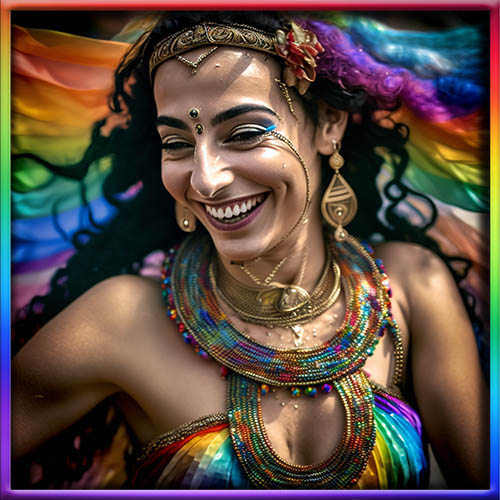
Ecstatic Trance Dance has a long and fascinating history, with roots in ancient shamanic and religious practices. These practices were often designed to connect individuals to the spiritual realm and to create a sense of community and belonging within their tribe or community. Ecstatic dance was also used to invoke healing, to release negative energy and to experience transcendence.
In many traditional societies, ecstatic trance dance was seen as a way to access the divine and connect with higher spiritual realms. For example, in the Amazonian basin, the Yawanawá people perform the Mene dance, which is a ritual dance used to connect with the spirits of the forest and to ask for their blessings. The Bushmen of the Kalahari desert perform the trance dance, which is believed to allow them to enter the spirit realm and communicate with their ancestors. In these and other traditional societies, ecstatic trance dance was seen as an important way to connect with the divine and to create a sense of community and belonging.
As society evolved and changed, so did the practice of ecstatic trance dance. In the early 20th century, the Western world saw the emergence of the ecstatic dance movement, which was influenced by the teachings of mystics and spiritual teachers such as George Gurdjieff and Osho. These teachings emphasized the importance of dance as a way to connect with the divine and to transcend the limitations of the ego.
The 1960s and 1970s saw the rise of the psychedelic counterculture, which placed a strong emphasis on dance as a way to experience altered states of consciousness. This was reflected in the emergence of new music genres such as rock, funk, and disco, which were characterized by their driving beats and repetitive rhythms. These new musical styles provided a backdrop for the emergence of new forms of ecstatic dance, such as the disco dance craze and the rave culture of the 1990s.
Today, there are many different forms of ecstatic trance dance, ranging from traditional shamanic rituals to modern-day music festivals and club culture. These modern forms of ecstatic dance have evolved from their traditional roots and have become more accessible and inclusive to people from all walks of life. They provide an opportunity for individuals to connect with others in a shared experience of movement, music, and celebration. Despite the changes in society and culture over time, the core elements of ecstatic trance dance remain the same – a desire to connect with the divine, a need for community and belonging, and a yearning for spiritual growth and transcendence.
Types of Ecstatic Trance for Social Recreational Purposes Today
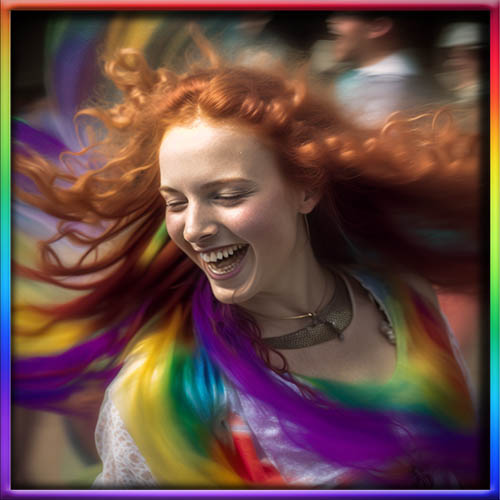
Today, there are many different types of ecstatic trance dance for social and recreational purposes. These modern forms of ecstatic dance have evolved from their traditional roots and have become more accessible and inclusive to people from all walks of life. They provide an opportunity for individuals to connect with others in a shared experience of movement, music, and celebration. Here are some of the most popular types of ecstatic trance dance for social recreational purposes today:
Rave Culture: Rave culture emerged in the 1980s and 1990s and is characterized by all-night dance parties featuring electronic dance music. Raves are often held in warehouses or other large venues and are known for their high-energy atmosphere, colorful lights, and loud music. Raves provide an opportunity for individuals to connect with others in a shared experience of movement, music, and celebration.
Trance Dance and Music: Trance music is a genre of electronic dance music that originated in the 1990s. Trance music is characterized by its repetitive beats and melodic synthesizer lines. Trance dance is a form of dance that is often performed to trance music. Trance dance is characterized by its energetic and repetitive movements, which are designed to induce a trance-like state.
Clubbing: Clubbing is a type of social and recreational activity that involves dancing in nightclubs to electronic dance music. Clubbing is popular among young adults and provides an opportunity for individuals to connect with others in a shared experience of movement, music, and celebration.
Ecstatic Dance: Ecstatic Dance is a modern form of dance that is often performed in a more formal setting than other forms of ecstatic trance dance. Ecstatic Dance is characterized by its emphasis on free-form movement and improvisation. Participants are encouraged to move in a way that feels natural to them, without worrying about following a set choreography.
Ecstatic Yoga: Ecstatic Yoga is a form of yoga that incorporates dance and movement into the practice. Ecstatic Yoga is characterized by its emphasis on free-form movement and improvisation. Participants are encouraged to move in a way that feels natural to them, without worrying about following a set choreography.
These are some of the most popular types of ecstatic trance dance for social recreational purposes today. These forms of dance have evolved from traditional roots and have become more accessible and inclusive to people from all walks of life. They provide an opportunity for individuals to connect with others in a shared experience of movement, music, and celebration. The benefits of these types of dance are many and include improved physical fitness, reduced stress, and an increased sense of well-being.
Ecstatic Trance Dance and Community Building
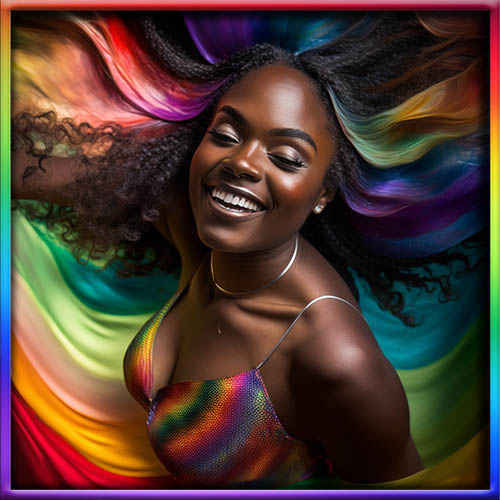
Ecstatic trance dance has the power to foster community and social connections. When people come together to dance, they form a shared experience and a sense of belonging. Ecstatic dance provides a space for individuals to connect with others in a nonverbal way, allowing for a deeper level of communication and understanding. The energy created through movement, music, and celebration can be transformative, leading to a sense of interconnectedness and unity.
In a society where social isolation and disconnection are prevalent, ecstatic dance offers an antidote. Through dance, individuals can break down social barriers and connect with others on a primal level. The dance floor becomes a place where people can let go of their inhibitions and express themselves freely. Participants are encouraged to move in a way that feels natural to them, without judgment or criticism.
Ecstatic dance can be particularly powerful for building community among marginalized groups. It provides a space where individuals can come together in a shared experience, regardless of their background or identity. Through dance, individuals can form connections with others who may have had similar experiences, creating a sense of solidarity and support.
The benefits of ecstatic dance for community building are many. Ecstatic dance can help to reduce social isolation and loneliness, increase social support, and foster a sense of belonging. It provides a space where individuals can form meaningful connections with others, leading to increased well-being and happiness.
Ecstatic trance dance has the power to foster community and social connections. It provides a space where individuals can connect with others in a nonverbal way, allowing for a deeper level of communication and understanding. Through dance, individuals can break down social barriers and form connections with others, leading to increased well-being and happiness. Ecstatic dance offers an antidote to social isolation and disconnection, creating a sense of interconnectedness and unity among participants.
Ecstatic Trance Dance and Eroticatrance

As far as hypnosis goes, I do quite a bit of work developing hypnotic processes to ecstatic trance results.
I am particularly interested in adapting traditional methods to contemporary hypnotic methods as well as in creating wholly original methods outside of the traditional model.
Here’s just a sampling of work I have done over the years to very good effect.
Ecstatic Trance Dance
You can also see the video at https://www.youtube.com/watch?v=Ok9GILOOYQQ.
Shaking Trance
You can also see the video at https://www.youtube.com/watch?v=5cddQ_vH8gs.
Ouija Dancing
You can also see the video at https://www.youtube.com/watch?v=sObOOCvkiiY.
Voodoo Dance Hypnosis
You can also see the video at https://www.youtube.com/watch?v=AdxYaY6lrVA.
eXperiential Trance Dance Playlist
You can also see the video at https://www.youtube.com/watch?v=kV79NmbdFho&list=PLBCD53879606D5228.
This is just the tip of the iceberg as you might know from my videos and more. Of course, those wishing to explore even more may consider learning packages such as our ErosPsyMagick+ program at https://briandavidphillips.net/erospsymagickplus which is of particular interest as it has everything rolled into one comprehensive package . . . seriously it’s the whole trancework kit-n-kaboodle.
Trance Dance
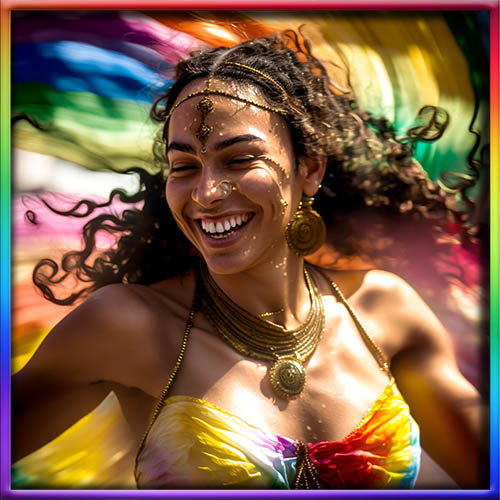
Ecstatic trance dance is a powerful practice with a long history of use in spiritual and cultural traditions. It has evolved over time and now includes various forms of dance and music for social recreational purposes. The benefits of ecstatic dance are numerous, including increased self-awareness, stress reduction, and a sense of connection with others and the divine.
In particular, the practice of ecstatic trance dance has the potential to foster community and social connections. It provides a space where individuals can come together in a shared experience, creating a sense of belonging and solidarity. The nonverbal communication and primal expression through dance can break down social barriers and connect people in a way that words cannot.
While ecstatic dance can be enjoyed individually, the benefits of dancing in a group or community are significant. Dancing with others can provide a sense of support and encouragement, leading to deeper connections and increased well-being. The dance floor becomes a place where individuals can let go of their inhibitions and be their authentic selves, fostering a sense of trust and vulnerability.
As society becomes more disconnected and isolated, practices like ecstatic trance dance are needed more than ever. The power of music and movement to bring people together and create a sense of community cannot be underestimated. By embracing the practice of ecstatic trance dance, individuals can experience the many benefits of connection, community, and a sense of belonging.
Frequently Asked Questions:
Ecstatic Trance Dance
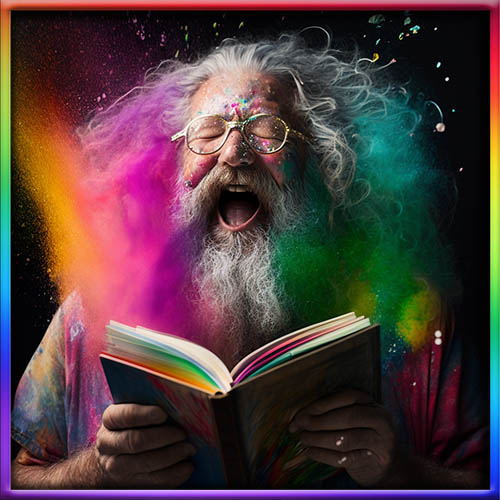
Q: What is Ecstatic Trance Dance?
A: Ecstatic Trance Dance is a practice that involves dancing in a free, spontaneous, and uninhibited way to promote self-expression, self-awareness, and spiritual connection.
Q: How is Ecstatic Trance Dance different from traditional dance?
A: Ecstatic Trance Dance is different from traditional dance in that it is not choreographed or rehearsed. It is a free-form movement that allows for complete self-expression and exploration.
Q: What are the benefits of Ecstatic Trance Dance?
A: The benefits of Ecstatic Trance Dance include stress reduction, increased self-awareness, improved physical fitness, and a sense of connection with others and the divine.
Q: Can anyone participate in Ecstatic Trance Dance?
A: Yes, anyone can participate in Ecstatic Trance Dance, regardless of age, gender, or physical ability.
Q: Do I need any special equipment or clothing to participate in Ecstatic Trance Dance?
A: No, you do not need any special equipment or clothing to participate in Ecstatic Trance Dance. Wear comfortable clothing that allows for free movement and bring a water bottle.
Q: Can I dance alone or do I need to dance with others?
A: You can dance alone or with others in Ecstatic Trance Dance. Dancing with others can create a sense of community and connection, but dancing alone can also be a powerful experience.
Q: Is Ecstatic Trance Dance a religious practice?
A: Ecstatic Trance Dance can have religious or spiritual undertones, but it is not inherently a religious practice. It can be enjoyed by people of all faiths or no faith at all.
Q: Are there any risks associated with Ecstatic Trance Dance?
A: Ecstatic Trance Dance is generally safe and low-impact. However, as with any physical activity, there is a risk of injury if proper precautions are not taken.
Q: Is Ecstatic Trance Dance appropriate for children?
A: Yes, children can participate in Ecstatic Trance Dance under adult supervision. It can be a fun and healthy way for children to express themselves and develop physical coordination.
Q: Do I need to know how to dance to participate in Ecstatic Trance Dance?
A: No, you do not need to know how to dance to participate in Ecstatic Trance Dance. The focus is on self-expression and movement, not on technique or skill.
Q: Is Ecstatic Trance Dance only for extroverted people?
A: No, Ecstatic Trance Dance can be enjoyed by introverted or shy individuals as well. It can be a safe and supportive environment for individuals to explore their emotions and express themselves.
Q: Can Ecstatic Trance Dance be practiced in a virtual setting?
A: Yes, Ecstatic Trance Dance can be practiced in a virtual setting. Virtual dance events can provide a sense of community and connection, even in a remote setting.
Q: Is Ecstatic Trance Dance similar to meditation?
A: Ecstatic Trance Dance can have meditative qualities, but it is a more active practice than traditional meditation. It involves movement and physical expression, rather than stillness and silence.
Q: How can Ecstatic Trance Dance promote community building?
A: Ecstatic Trance Dance can promote community building by creating a shared experience among participants. Dancing together can break down social barriers and foster a sense of belonging and connection.
Q: Where can I learn more about guided imagery and sensual practice?
A: Of course, those wishing to explore even more may consider learning packages such as our ErosPsyMagick+ program at https://briandavidphillips.net/erospsymagickplus which is of particular interest as it has everything rolled into one comprehensive package . . . core skills, metaphysical magickal psychic, and eroticatrance ecstatic states.
You Can Learn More

If you would like to learn more about using hypnosis techniques, consult our Core Skills program and other products found in our online store at https://briandavidphillips.net/store (you may wish to check out our package programs for even more value).
Our ErosPsyMagick+ program at https://briandavidphillips.net/erospsymagickplus is of particular interest as it has everything rolled into one comprehensive package . . . core skills, metaphysical magickal psychic, and eroticatrance ecstatic states.
If you’re in Taiwan and interested in hypnosis, check the services page linked to in the top left sidebar. Not in Taipei? Check the store for recordings in the same menu area as well as links to lots and lots of info and goodies. Of course, browsing this site will bring you to a digital ton of positive resources on a wide variety of topics as well.
Live Trance and Prosper,
Brian David Phillips
Trance Wizard
www.BrianDavidPhillips.net
Tarot Decks and More
https://www.makeplayingcards.com/sell/wakingdreams
